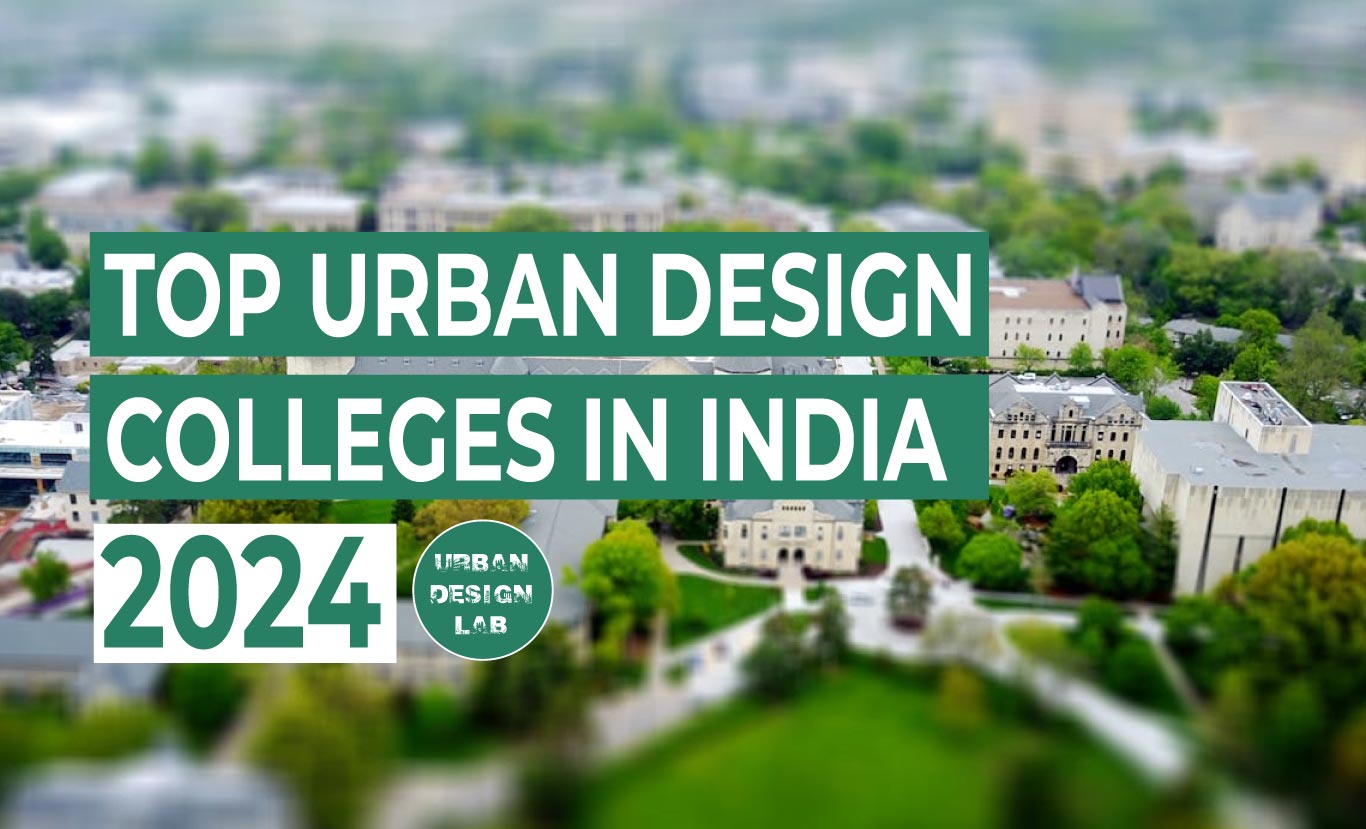
Pradhan Mantri Awas Yojana (PMAY) Rural

Introduction
The Pradhan Mantri Awas Yojana (Gramin) aims at providing a pucca house, with basic amenities, to all houseless households and those households living in kutcha and dilapidated house, by 2022. The immediate objective is to cover 1.00 crore households living in kutcha house/dilapidated houses in three years from 2016-17 to 2018-19. The minimum size of the house has been increased to 25 (from 20 with a hygienic cooking space. The unit assistance has been increased from ₹70,000 to ₹1.20 lakh in plains and from ₹75,000 to ₹1.30 lakhs in hilly states, difficult areas and IAP districts. The beneficiary is entitled to 90/95 days of unskilled labour from MGNREGS. The assistance for construction of toilet shall be leveraged through convergence with MGNREGS or any other dedicated source of funding. Convergence for piped drinking water, electricity connection, LPG gas connection under different Government Programmes is also to be attempted.
History/Background
Talking about specific focus on rural housing in India, it has its origin in the wage employment programmes of National Rural Employment Programme (NREP; 1980) and Rural Landless Employment Guarantee Programme (RLEGP; 1983) by allowing construction of houses under the above mentioned plans for SCs/STs and freed bonded labourers. A full-fledged rural urban rural housing program Indira Awas Yojana (IAY) was later launched in June, 1985 as a sub scheme of RLEGP, with earmarking of funds for the construction of houses for SCs/STs & freed bonded labours. When Jawahar Rozgar Yojana was launched in April, 1989, 6% of the funds were allocated to housing for SCs/STs & free bonded labours. In 1993-94, the coverage was extended to Non-SC/ST families by increasing the earmarked fund for housing under JRY to 10%. The additional 4% was to be used for non-SC/ST category of beneficiaries. Indira Awas Yojana (IAY) was made an independent programme with effect from 1st Jan, 1996 aimed at addressing housing needs of the BPL (Below Poverty Line) households. After more than 30 years of its implementation, although IAY addressed the rural housing shortage considerably, however in view of the limited scope of coverage (BPL) under the programme there still are considerate gaps in rural housing.
Key Features
- The government will provide assistance for constructing one crore houses over a period of three years i.e. 2016-17 to 2018-19 in rural areas.
- There is an enhancement of minimum size of the dwelling unit from 20 sq. m. under IAY to 25 sq. m. including a dedicated area for hygiene cooking.
- Financial assistance for a unit is from ₹75,000 to ₹1.20 lakhs in the plain areas and in the hilly states, IAP districts and difficult areas it is from ₹75,000 to ₹1.30 lakhs.
- Both Central and State government is liable to share the financial assistance for a unit (house) in the ratio 60:40 for plain areas and 90:10 for North-Eastern States & three Himalayan states of Jammu and Kashmir, Himachal Pradesh and Uttarakhand.
- Talking on the point of convergence with other schemes, there is a provision for providing an assistance of ₹12,000 for toilets through Swacch Bharat Mission – Gramin (SBM-G), MGNREGS or any other dedicated source of funding.
- Provision of 90/95 days of unskilled labour wage under MGNREGA for construction of house, over and above the unit assistance.
- Identification and selection of beneficiaries, based on the housing deficiency and other social deprivation parameters in SECGZ011 data, and verified by the Gram Sabhas.
- Setting up of National Technical Support Agency (NTSA) at national level to provide technical support in achieving the target set under the programme. The beneficiaries of PMAY-G, in addition to being provided financial assistance, shall also be offered technical assistance in the construction of the house.
- If the beneficiary so chooses, he/she will be facilitated to avail loan of up to Rs.10,000/- from Financial Institutions.
- Special Projects to be sanctioned by the Ministry of Rural Development after the approval of the Empowered Committee.
- Convergence with other Government schemes for provision of basic amenities viz., toilet, drinking water, electricity, clean (SL efficient cooking fuel, treatment of social and liquid waste etc.
- All payments to the beneficiary to be made electronically to their Bank/Post office accounts that are linked to Aadhaar with consent.
- Sensitization of the beneficiaries on PMAY-G.
- Focus on construction of quality houses by the beneficiaries using local materials, appropriate designs and trained masons.
- Adoption of saturation approach using Gram Panchayat, Block or District as unit, wherever possible. Provision of 90/95 days of unskilled labour wage under MNREGA for construction of house.
Implementation and Monitoring
In PMAY-G, programme implementation and monitoring is to be carried out through an end to end e-Governance model Using AwaasSoft and AwaasApp. While AwaasSoft is a work-flow enabled, web-based electronic service delivery platform through which all critical functions of right from identification of beneficiary’ to providing construction – linked assistance (through PFMS), will be carried out; AwaasApp mobile application is to be used to monitor real time, evidence based progress of house construction through date and time stamped and georeferenced of the house. The two IT applications help identify the in achievement of targets during the course of implementation of the program. All payments to beneficiaries is to be through DBT to beneficiary’s Bank/Post office accounts registered in AwaasSoft MIS. The programme implementation is to be monitored not only electronically, but also through community participation Audit) Members of Parliament (DISHA Committee), Central and State Government officials, National Level Monitors etc.
Rural housing Interest Subsidy Scheme (RHISS)
RHISS will cover entire India, excluding the statutory towns as per Census 2011 and towns notified subsequently for coverage under PMAY (Urban). RHISS will provide support for modification of existing dwellings and construction of pucca houses with basic civic infrastructure like water, sanitation, electricity, etc. The pucca houses constructed / modified under should conform to the norms and standards provided in extant guidelines on construction and structural safety. A pucca house is one which is able to withstand normal wear and tear due to usage and natural forces including climatic conditions, with reasonable maintenance, for at least 30 years. The roof and the wall of the house should be strong enough to be able to withstand the climatic conditions of the place in which the beneficiary resides and incorporate disaster resilient features, wherever needed, to be able to withstand earthquakes, cyclone, floods, etc.
Beneficiaries seeking housing loans from Banks, Housing Finance Companies and other such notified institutions, for modification/ construction of pucca houses in rural areas, would be eligible for an interest subsidy with the following features:
| Particulars | RHISS |
| Interest subsidy (% p.a.) | 3% |
| Maximum Housing Loan Tenure (in years) | 20 |
| Eligible Housing Loan Amount for interest subsidy (₹) | 20,00,000 |
| Discount rate for NPV calculation of interest subsidy (%) | 9.00% |
The interest subsidy that would be given to the beneficiary will be at the rate of 3% on the principal amount of the loan, and the subsidy shall be admissible for a maximum loan amount of first ₹2 lakhs irrespective of what is the total amount of housing loan, for a period of 20 years or full time period of the loan, whichever is less. If the quantum of housing loan, however, is less than Rs.2.00 (two) lakhs then the subsidy will be calculated based on the actual loan amount like if one has taken a loan of ₹1.5 lakhs then the interest subsidy will be calculated on ₹1.5 lakhs. The discount rate for the Net Present Value (NPV) of subsidy will be calculated at 9.0 percent for the period of the loan and interest chargeable at the time the loan is contracted, upfront subsidy shall be released to the Primary Lending Institution (Refer Table 1). The NPV of interest subsidy given to the Primary Lending Institution (PLI) will be deducted from the principal loan amount of the beneficiary, who will then have to pay interest to the PLl at an agreed discounted rate, fixed or floating on effectively reduced housing loan for the whole duration of the loan. One thing to note is that the agreed discounted rate which the beneficiary will have to pay may vary from bank to bank. The process flow diagram for the scheme is attached at Fig
Current Status under PMAY (G)
The completed dwelling units and units under construction is around 23.52 lakh and 21.28 lakh respectively under Pradhan Mantri Awas Yojana (Gramin) till 05 March, 2018. The total financial support provided to the beneficiaries by the government is ₹1.47 lakhs in plain areas and ₹1.59 lakhs in hilly areas. This includes MGNREGS wage contribution and contribution for the construction of toilet under Swacch Bharat Mission. In addition to this, the beneficiaries’ contribution in the form of labour/ expenses on other construction related materials is expected to be around ₹69,000 – 75,000 per dwelling unit as per the selected designs of PAHAL (earlier mentioned above on designs for various states). This amount is consists of 31-32 percent of the total cost of the dwelling unit. The total expenditure on Pradhan Mantri Awas Yojana (Gramin) houses is estimated to be ₹35135 crore up to March 05,2018. In terms of employment generation, construction of a PMAY(G) dwelling unit in hilly/IAP district generated 48 person days of skilled labour and 105 person days of unskilled labour. Considering the total houses completed up to March 05, 2018, the current estimate of employment potentials based on PAHAL designs is found to be 40.07 crore person days. Out of this, nearly 16.04 crore person days are from the skilled labour force and the remaining i.e. 24.03 crore person days are from the unskilled labour force in 2 years. For dwelling units that are under-construction, the total employment generated for both the years turns out to be 4.82 crore for skilled labour and 7.60 crore person days for unskilled labours till 05 March, 2018.
Constrains and Way Forward
Towards better quality of construction, setting up Of a National Technical Support Agency at the national level is envisaged. One of the major constraints in quality house construction is lack of sufficient number of skilled masons. To address this, a pan India training and certification programme of masons has been launched in the States/UTs. This will, in addition to ensuring quality construction, also ensure additional livelihood generation and career progression for rural masons. For timely construction/completion and to ensure good quality of house construction, it has also been envisaged to tag a PMAYG beneficiary with a field level Government functionary and a rural mason. The beneficiary be assisted by in house construction with a bouquet of house design typologies inclusive of disaster resilience features that are suitable to their local geo climatic conditions. These designs are developed through an elaborate public consultative process. This exercise will ensure that the beneficiary does not over-construct in the initial stages of house building which often results in incomplete houses or the beneficiary is forced to borrow money to complete the house.
Program: Nosplan
Articles published under this account are from the various members of NOSPlan – Organisation of Students of Planning, India.
Publisher: Planning Tank
Related articles


Strategies for Green Urban Mobility

Evolution of Christmas Celebrations in Urban Spaces
Leave a Reply
UDL Photoshop
Masterclass
Decipher the secrets of
Urban Mapping and 3D Visualisation
Session Dates
8th-9th June, 2024
Recent Posts
- Article Posted:
- Article Posted:
- Article Posted:
- Article Posted:
- Article Posted:
- Article Posted:
- Article Posted:
- Article Posted:
- Article Posted:
- Article Posted:
- Article Posted:
- Article Posted:
Sign up for our Newsletter
“Let’s explore the new avenues of Urban environment together “





















